Poetry In Cuisine Offers Hilsa Menu From Tagore Family’s Refined Palate
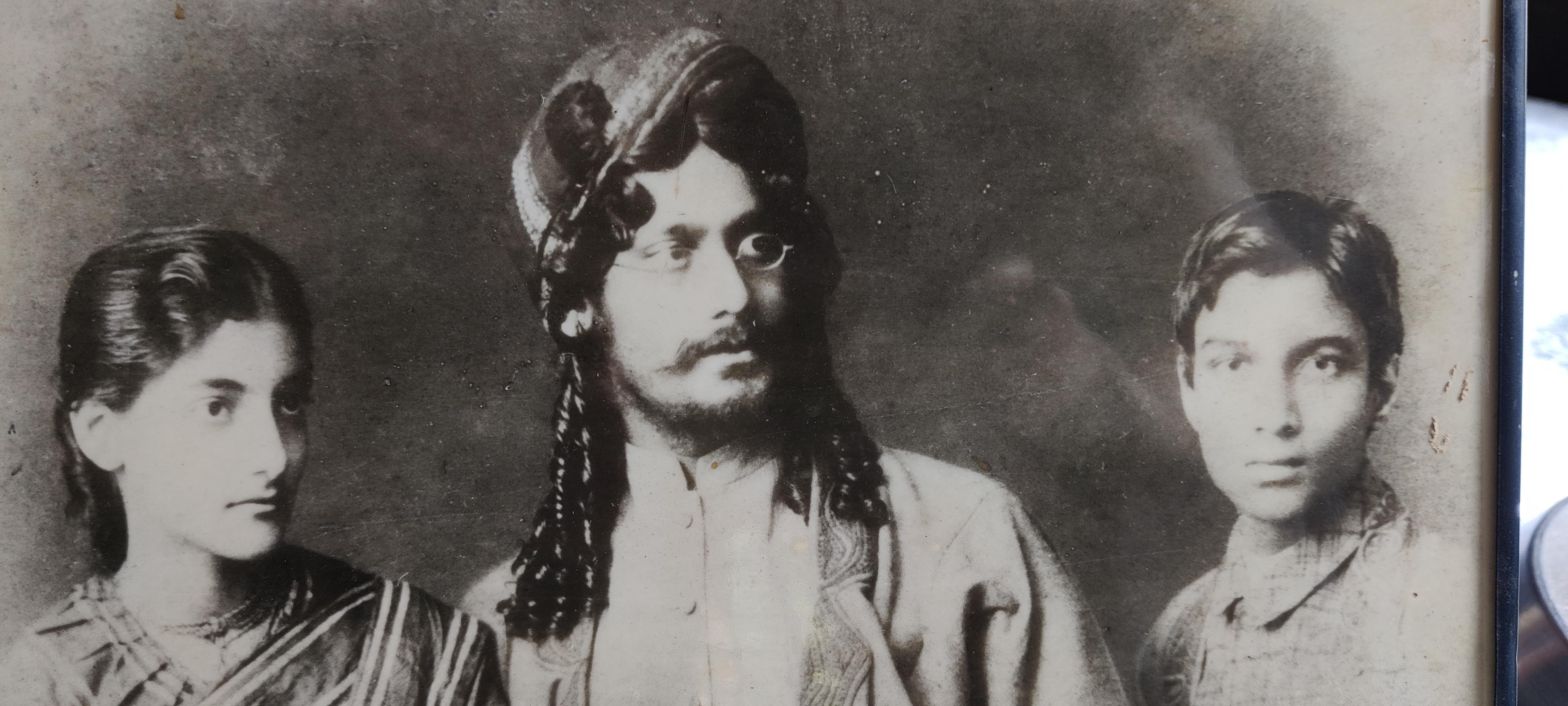
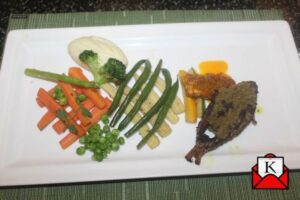
The Eden Pavilion at ITC Sonar is serving up specially crafted culinary delights that combine the finest flavors of Bengal as a salute to the season’s freshest Hilsa.
The menu offers a fusion of tastes from traditional Bengali food to Mughlai, Continental, and more to honor the Tagore family’s refined palate.
The Padma River has frequently appeared in literature, and Rabindranath Tagore, the first Nobel Laureate from South Asia, sought inspiration and consolation from its banks.
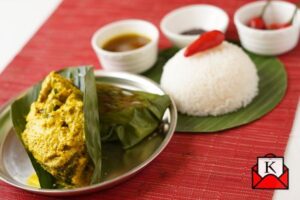
The clouds have a paradoxical impact on people’s minds since they are aesthetically menacing while also being a source of life, a time for celebration, and a sign that the ilish season has arrived (hilsa in English). The Bengali hilsa is connected to the Padma and the Ganga, but also being located close to the mouths of other revered rivers.
The bard developed a liking for foods like the Bhape or Ilish with Sorshe Banta on the eastern side of the border, but the foods also quickly migrated to the Shantiniketan Kitchen.
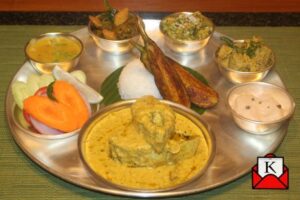
Between the East and West Bengal regions, there has always been a difference in basic taste. The food on the western side of the border was milder and easier on the palate, with savory things occasionally almost touching the sweet. The East has always been noted for its rich flavor, where the spices titillate your senses.
The Ilish was a must-go-to for lunch when the monsoons arrived in Santiniketan under ominous skies.
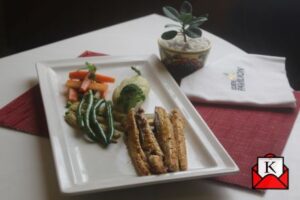
In keeping with Bengali custom, the Tagores would typically choose to have their lunches while seated on the ground. Warm rice and the thin, runny Ilish macher Jhol would be served by the women as a filling lunch, which was either served on banana leaves or on bronze plates.
Sugar was used extensively in the Doi (Curd) Mach and the Ilish Narkol Dudh Diye. During the Raj, sugar was preferred by the wealthy over jaggery, which was used in many Bengali cuisines.
It is believed that Tagore preferred his granddaughter-in-law Purnima Tagore to the domestic cooks when it came to preparing his meals.
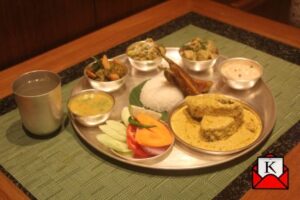
Back then, the Tagore family typically employed three chefs: the Bamon Thakur (for Bengali cuisine), the Khanshama (for Middle Eastern cuisine), and the Baboorchi (for Indian cuisine) (for Western dishes). The Bamon Thakur handled the lunch almost invariably, while the Baboorchi or the Khanshama handled the dinner.
The Ilish Mach Smoke and the Ilish Roast, a worldwide fusion of culinary influences on local cuisine, were another of Rabindranath Tagore’s favorites. Indira Debi Choudhurani, Tagore’s niece, recorded the recipe. In her journal, she gave credit for this specific dish to “JyotsnaDa’s Baboorchi”.
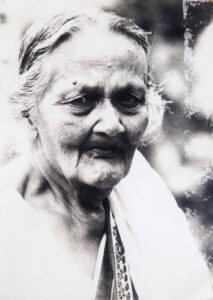
There was unquestionably a Western influence in the vinegar used in the roast. The Khanshama held the extraordinary Macher Jhalphiroji.
The menu at Eden Pavilion will take the patrons on an exciting culinary journey.
The dishes on offer are Bhapa Ilish, Sorshe Ilish, Ilish Paturi, Narkel Doodh Diye Ilish, Smoked Ilish, Ilish Roast, Ilish Macher Jhol, Jhal Firoji, and others.
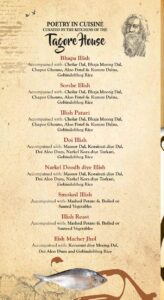
Available from 12th to 28th August
A la carte menu, Eden Pavilion, ITC Sonar
Lunch: 12:30 to 2:45 pm
Dinner: 7 pm to 11 pm
Price- INR 2500 plus taxes per meal combination
For table reservations and more information, please call 033 4446 4646
Priyanka Dutta
